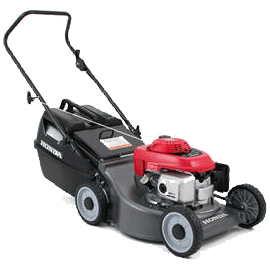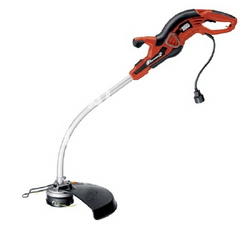Internal combustion or fuel cell engines

 |
 |
 |
| - |
Permitted in or as carry-on-baggage |
NO
|
|
| - |
Permitted in or as checked baggage |
YES
|
|
| - |
The approval of the operator(s) is required |
NO
|
|
| - |
The pilot-in-command must be informed of the location |
NO
|
Please Note:
1. Most Australian airlines do not permit internal combustion engines as check-in or carry-on baggage. These can only ever be transported when correctly marked, labelled, and documented as freight/cargo.
2. You must refer to the specific Operator Dangerous Goods Manual for further information.
Special Provision A70 (summary)
Special Provisions are mandatory instructions that apply to transporting a particular type of dangerous good. Special Provisions can be found in Section 4 of the IATA Dangerous Goods Regulations. Please refer to a current copy of the IATA DGR for expanded instructions when dealing with items or articles covered by a Special Provision. From the IATA Table 2.3.A. extract above, you can see that Internal combustion or fuel cell engines fall under Special Provision A70, which can be summarised as follows:
Internal combustion or fuel cell engines being shipped either separately or incorporated into a vehicle, machine or other apparatus, without batteries or other dangerous goods, are not subject to these Regulations when carried as cargo or baggage provided that:
(a) for liquid fuel powered engines:
1. the engine is powered by a fuel that does not meet the classification criteria for any class or division; or
2. the fuel tank of the vehicle, machine or other apparatus has never contained any fuel, or the fuel tank has been flushed and purged of vapours and adequate measures taken to nullify the hazard; and
3. the shipper has provided the operator with written or electronic documentation stating that a flushing and purging procedure has been followed; and
4. the entire fuel system of the engine has no free liquid that is subject to the IATA DGR and all fuel lines are sealed or capped or securely connected to the engine and vehicle, machinery or apparatus.
(b) for flammable gas powered internal combustion or fuel cell engines:
1. the entire fuel system must have been flushed, purged and filled with a non-flammable gas or fluid to nullify the hazard;
2. the final pressure of the non-flammable gas used to fill the system does not exceed 200 kPa at 200C;
3. the shipper has made prior arrangements with the operator; and
4. the shipper has provided the operator with written or electronic documentation stating that the flushing, purging and filling procedure has been followed and that the final contents of the engine(s) have been tested and verified to be non-flammable.
Multiple engines meeting the provisions of this special provision may be shipped in a unit load device or other type of pallet provided that the shipper has made prior arrangements with the operator(s) for each consignment.
When this Special Provision is used, the words “Not Restricted” and the Special Provision number must be included in the description of the substance on the Air Waybill as required by IATA DGR reference 8.2.6 when an Air Waybill is issued.
Airline / Operator Variations and Differences
QF-03 Operator approval is required for the carriage of all new and used internal combustion engines. The engines must have been flushed following the operator's requirements.

